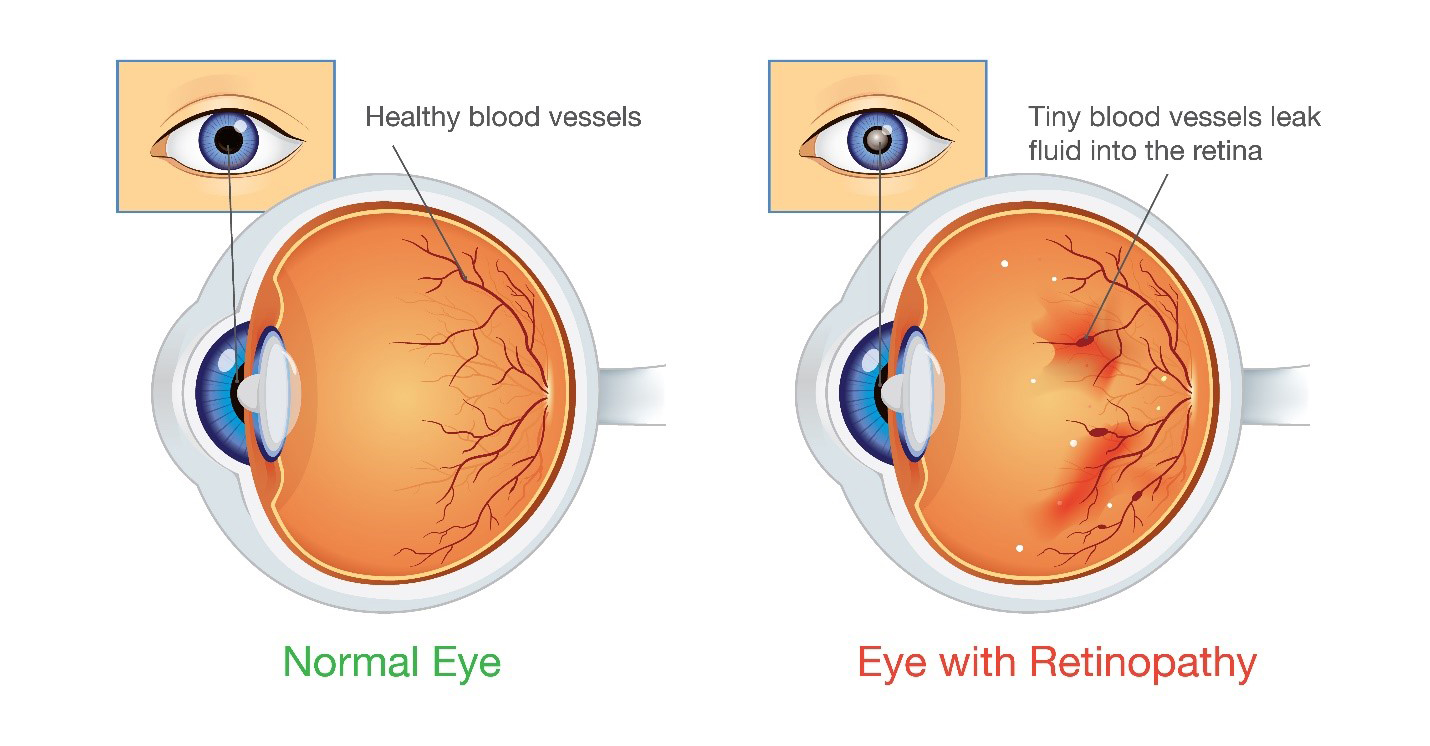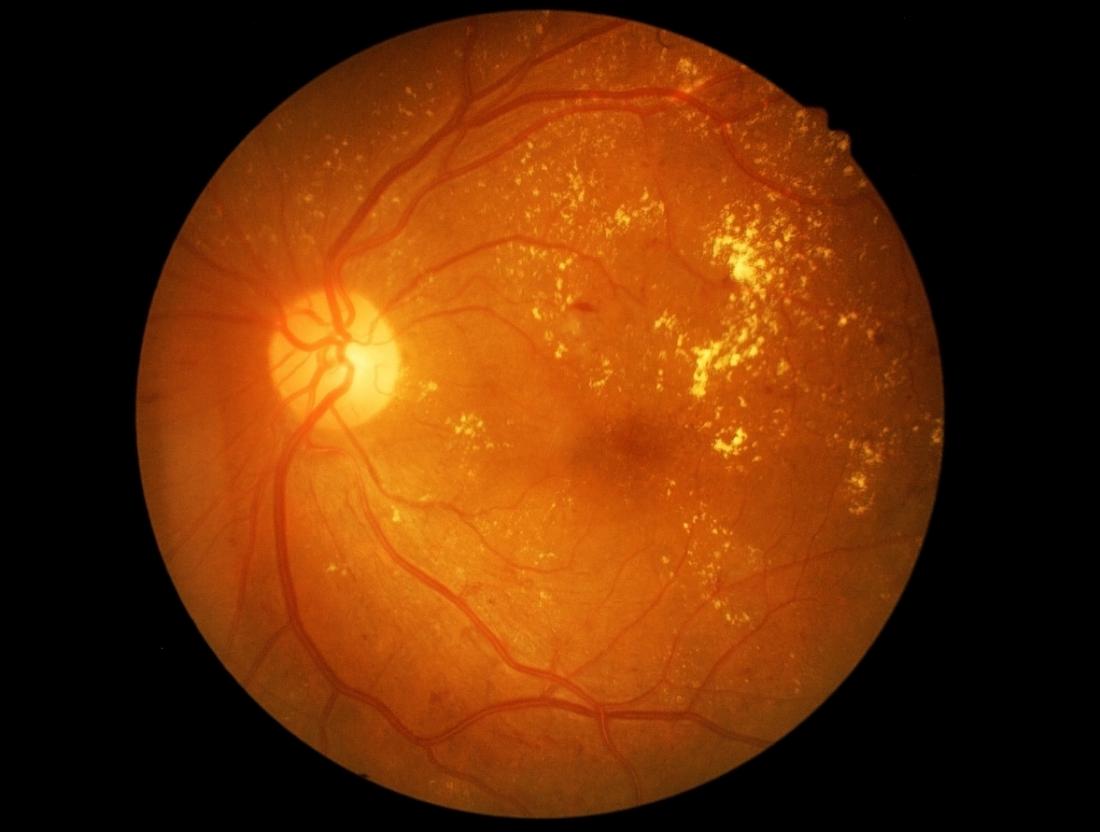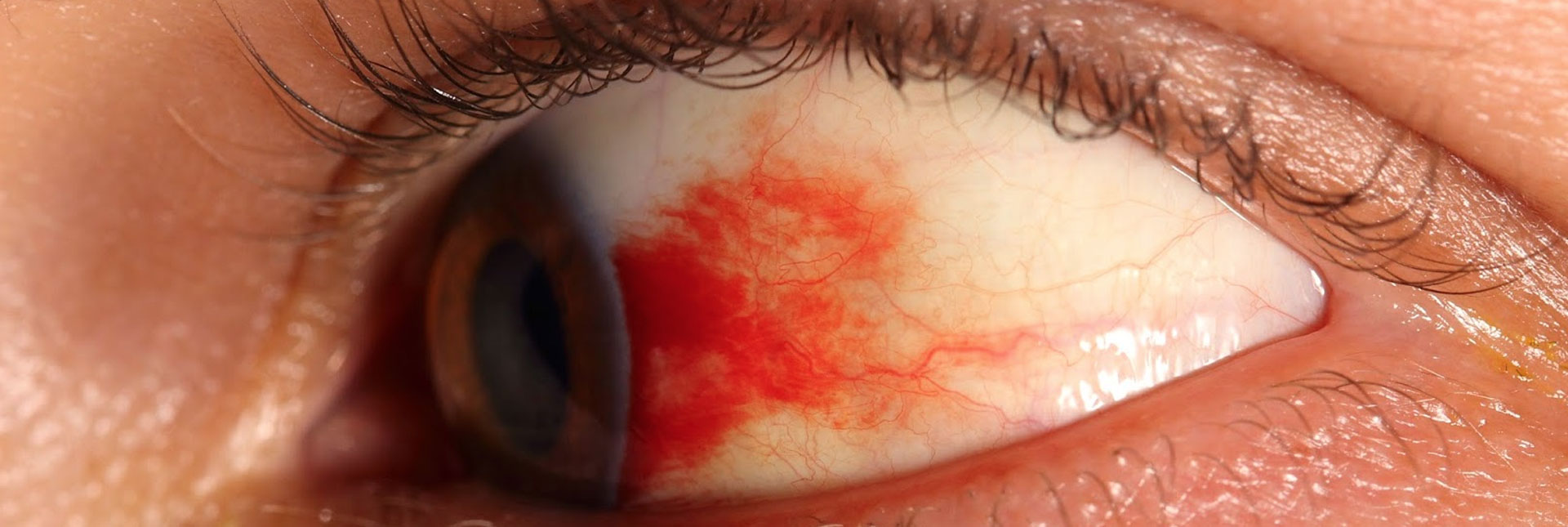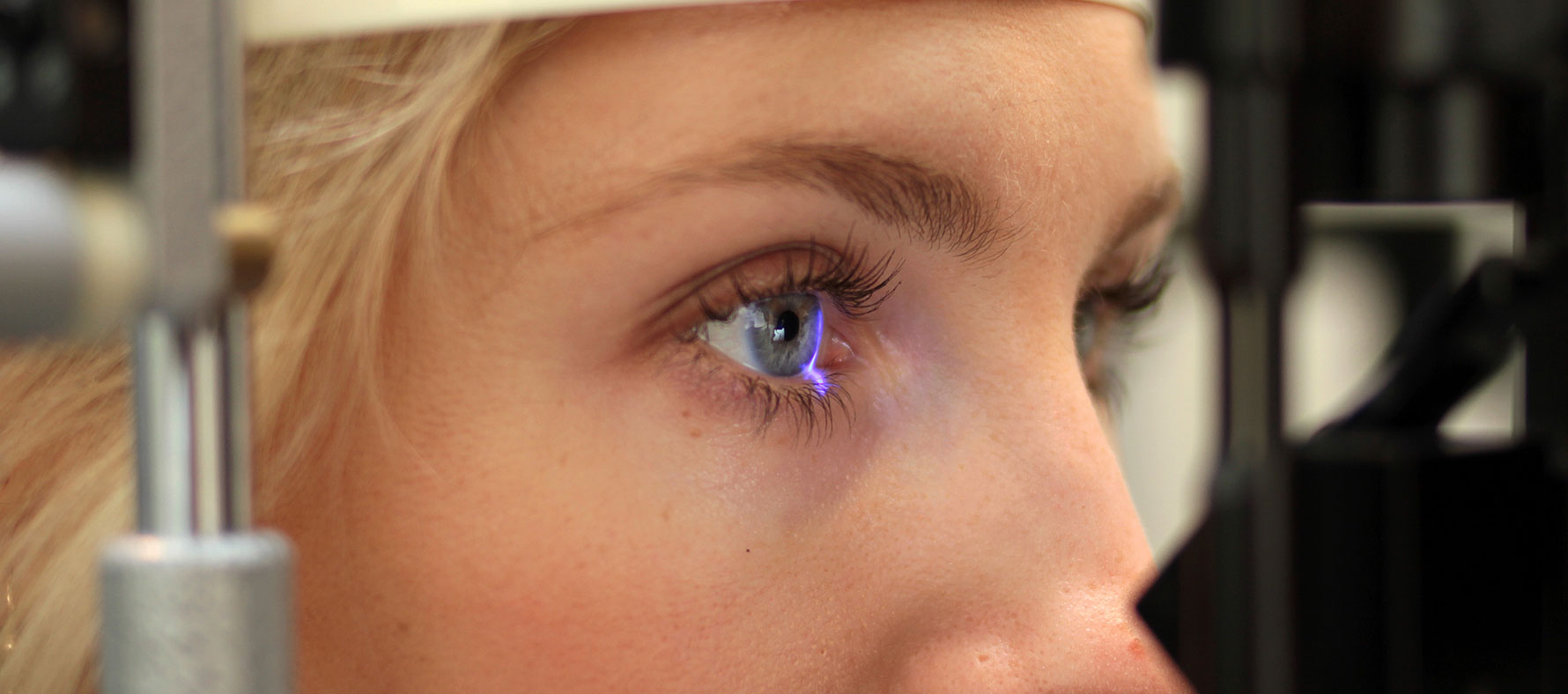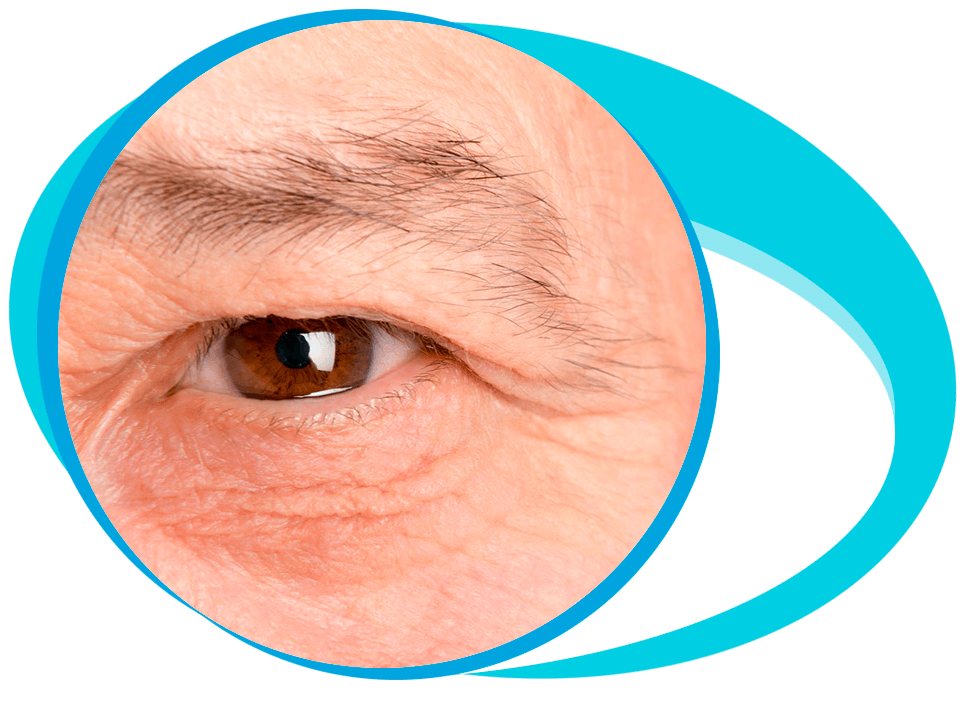Diabetic Retinopathy in Iran Details
What is Retinopathy?
The persistent damage caused to the retina is termed as Retinopathy.
The patient may not know about the ongoing inflammation that has developed over a period resulting in this disease.
When in the retina, the blood vessels weaken and leaks into the eye resulting in clots and blocking of vision.
This process is the stage of advanced retinopathy.
Lasers are used to treat the condition of retinopathy that seals the leaky blood vessels in the retina effectively.
The diagnosis of retinopathy is done by an ophthalmologist who examines the eye thoroughly.
What is Diabetic Retinopathy?
The condition of diabetic retinopathy happens with those who have diabetes that results in progressive damage to the retina.
The condition is due to the damaged caused to the small blood vessels responsible for nourishing the retina.
Clouding of the vision and swelling of the retinal tissue is due to leaking of the blood and other fluids from these small blood vessels.
Both eyes can get affected by this condition.
There are more chances of diabetic retinopathy in those people who have been suffering from diabetes for a very long time.
Diabetic retinopathy has been regarded as a serious sight-threatening condition.
Symptoms of Diabetic Retinopathy
- Difficulty in seeing well at night
- Seeing floaters or spots in the field of vision
- The problem in seeing or having blurred vision
- The empty or dark spot in the center of the vision
- Cobwebs, specks or spiders floating in the vision
Causes of Diabetic Retinopathy
The condition of diabetic retinopathy is caused due to a prolonged period of high blood glucose levels.
Over a period, it also leads to the damage of small blood vessels in the retina.
This may result in swelling and hemorrhage of the retina.
Stages of Diabetic Retinopathy
Diabetic retinopathy has been categorized into the followings:
Mild Nonproliferative Retinopathy
It is the early stage.
In this occurs microaneurysms that are little areas of swelling of the blood vessels of the retina.
Moderate Nonproliferative Retinopathy
In this, the blood vessels are responsible for nourishing the retina that gets blocked as the disease advances.
Severe Nonproliferative Retinopathy
In this, there is a blocking of many blood vessels that deprives certain retinal areas with their blood supply.
The signals to the body are sent by the retina areas that promote the formation of new blood vessels.
These newly formed vessels are then nourished.
Proliferative Retinopathy
Proliferative is the superior stage of diabetic retinopathy.
The growth of new blood vessels is due to indications sent by the retina for nourishment.
This is regarded as the condition of proliferative retinopathy.
These newly formed blood vessels are fragile and abnormal.
These blood vessels develop along the vitreous gel clear surface and along the retina that fills within the eye.
The blood vessels themselves do not lead to any vision loss or causes any symptoms.
Diagnosis of Diabetic Retinopathy
The diagnosis is done by conducting many eye examinations.
These tests emphasize the evaluation of both macula and retina.
The different tests include the followings:
- The measurement of the pressure inside the eye.
- The tests are done to evaluate the history of the patients. The patient history is thoroughly evaluated to see the presence of diabetes, vision difficulties, and general health that can affect their vision.
- Ocular structures are evaluated that also include the evaluation of the retina through a dilated pupil.
- Refraction to determine the need for changes in an eyeglass prescription.
- Visual acuity measurements are done in determining the extent of damage to the central vision.
Classification of Diabetic Retinopathy
- Proliferative Diabetic Retinopathy (PDR)
- Non-Proliferative Diabetic Retinopathy (NPDR)
Treatments for Diabetic Retinopathy
Diabetic Retinopathy’s first three stages do not require any treatment.
Treatment is only required when a person has developed macular edema.
Diabetic people should manage their blood sugar levels, blood pressure, and cholesterol levels.
This prevents the progression of diabetic retinopathy.
Laser surgery for diabetic retinopathy is used to treat the stage of proliferative retinopathy and is called scatter laser treatment.
The procedure shrinks the unusual blood vessels. A surgeon infuses 1000 to 2000 laser burns which are used in the areas of the retina.
These laser burns are also placed far away from the macula that leads to the lessening of the unusual blood vessels.
The entire procedure requires 2-3 sessions as many laser burns are required.
The procedure of scatter laser is recommended before the bleeding of the new blood vessels.
That is why it is required to have a dilated eye exam.
The scatter laser can be possible even if the bleeding has started that vastly depends on the amount of bleeding.
Vitrectomy is the surgical procedure which is performed when there is severe bleeding.
Cost of Diabetic Retinopathy
The treatment for diabetic retinopathy is available at a very affordable price in Iran.
All the medical facilities are combined with the latest technologies and medical facilities.
The cost of the treatment also depends upon the type of diabetic retinopathy the patient possesses.
The other determining treatment factors are the severity of the retinopathy and its earlier response to previous treatments.


